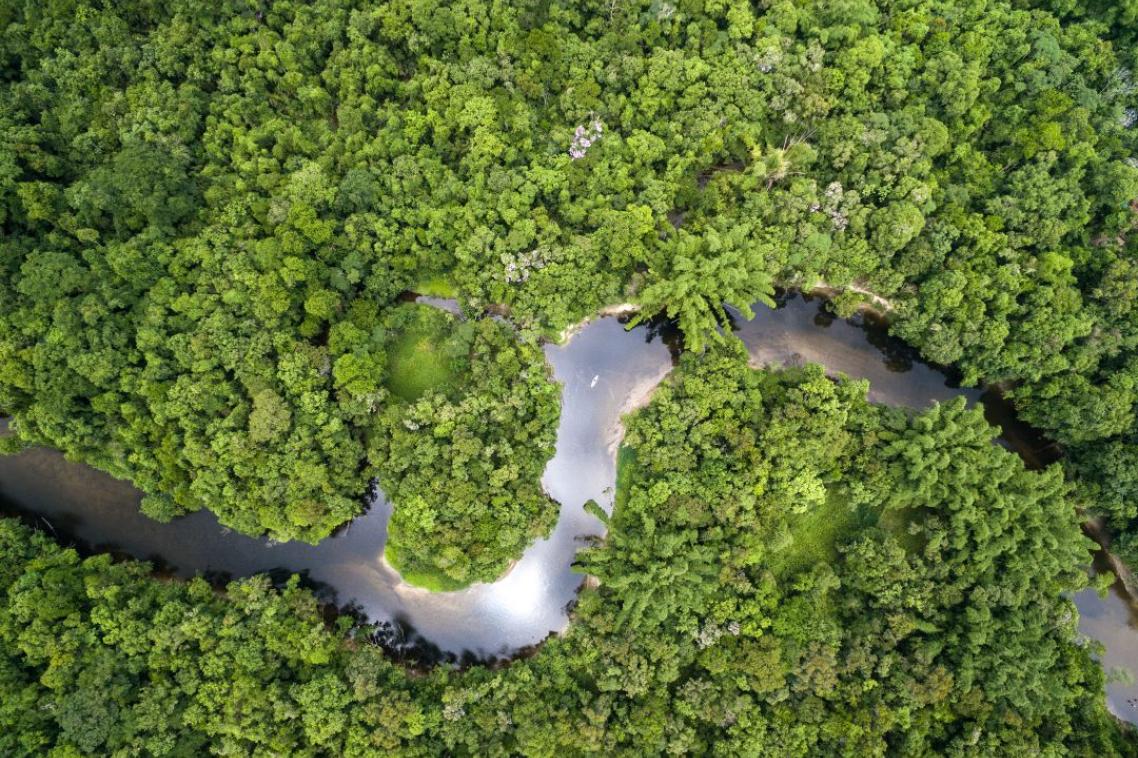Mystery tumours killing tree frogs
All of the frogs found with tumours died or had to be euthanised.
(Photo credit: Frog Safe Inc. )
Key points
- Fatal tumours have been found on the white-lipped and common green tree frogs for the past 2 decades.
- Researchers are working to find out what is causing the tumours to grow.
- Residents across Queensland are being urged to get in touch if they see any frogs with unusual lumps.
Research into fatal tumours growing on Queensland tree frogs has begun at The University of Queensland.
Dr Viviana Gonzalez-Astudillo from UQ’s School of Veterinary Science said 2 species of green tree frogs have been found with external tumours in north Queensland for at least 20 years but the cause or prevalence of the condition was unknown.
“Potentially a chemical could be inducing these tumours but there are also viruses that are very well known for being oncogenic, which means cancer producing,” Dr Gonzalez-Astudillo said.
“The tumours range in size and have grown near vital body parts such as mouths and eyes, eventually resulting in the frog’s death.
“We don't know if frogs are being affected by something that can also affect human health and that's one of the reasons it's important to know what is causing this in the white-lipped and common green tree frogs.”
The study is a partnership with Far North Queensland organisation Frog Safe Inc., which runs a rescue and recovery facility known as the Frog Hospital.
(Photo credit: Frog Safe Inc.)
Since 1998, the frog hospital has recorded about 60 cases of tree frogs with tumours believed to be cancerous.
Dr Gonzalez-Astudillo said public collaboration would be key to the success of the study.
“The problem is we don't know how many tumour cases have been found or treated by veterinarians or other rescue groups because there’s no standardised reporting mechanism,” Dr Gonzalez-Astudillo said.
“Anecdotally the frog hospital believes these tumours are becoming more prevalent but we need to back this up with science.
“We need more active type of surveillance to know if the prevalence of cancer is high in the green tree frog population and what impact it’s having on population numbers.
“I’d like Queenslanders to be on the lookout for frogs with lumps on their bodies and to get in contact if they see any.
“Local veterinarians can also be of great help if they have any relevant information.
“We need data to understand the problem and find a way prevent it from happening into the future.”
The study is expected to run until November 2026 with support from the CSIRO Ecosurveillance Systems team.
Anyone who spots a frog with a lump on its body should contact Frog Safe on (07) 4006 3784 and email the photos to sickfrog@frogsafe.org.au.
Related articles

Anyone can be a hacker with AI – so what does that mean for the cyber defence industry?

